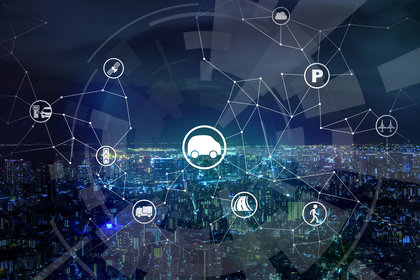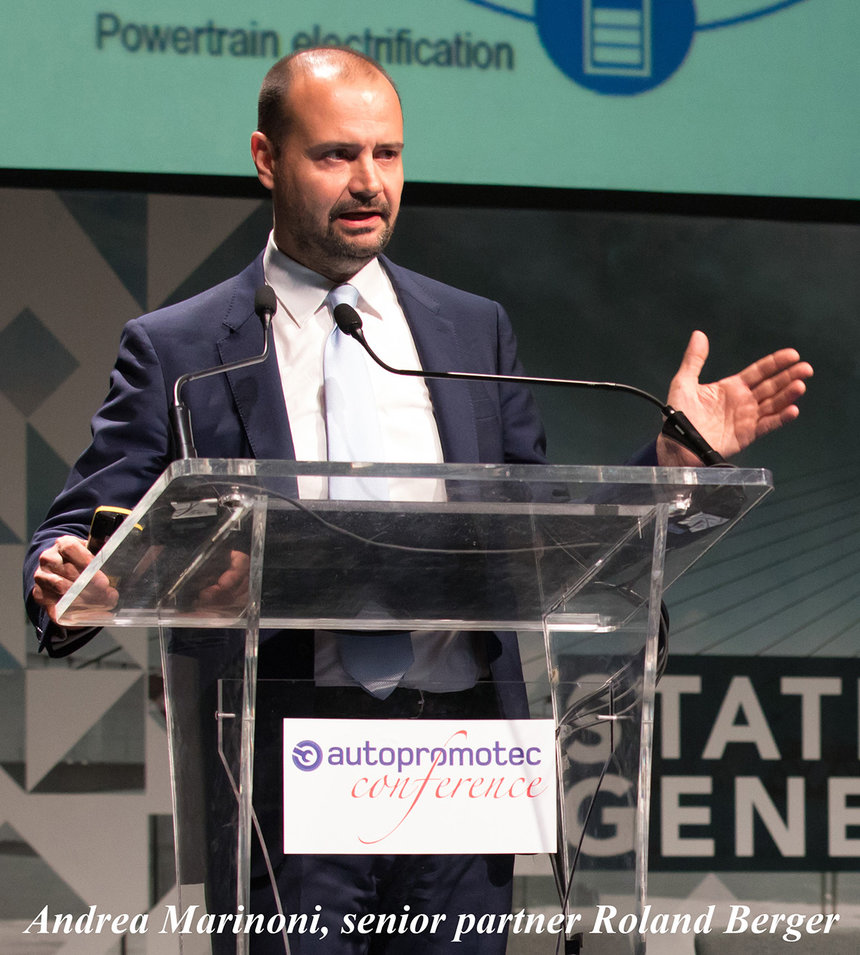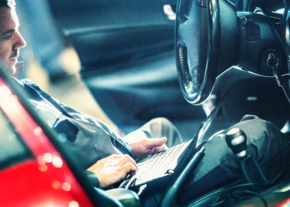
30/07/2018
Automotive; producers and suppliers must be ready to cope with mobility’s new challenges; here’s how
Editorial Staff
According to Andrea Marinoni, Roland Berger senior partner, the automotive supply chain is called upon to review its business models so as to govern the 4 megatrends currently shaping the market: mobility, autonomous driving, digitization and electrification

"The path leading to the post-2030 scenario is one of the most debated issues, while the end result seems to find a broad convergence. The entire supply chain is working to change its business models in a practicable and sustainable manner. Looking to the future, it is reasonable to expect a reduction in new vehicle registrations and consequently on the number of vehicles in circulation as early as 2025. In this context, serious considerations must be shown to the role of each individual players in the sector’s value chain, starting from manufacturers who have seen dwindling returns in the face of high investments not able to produce real competitive advantages due to a lack of true differences between OEM suppliers. Looking ahead this is a paradox that could intensify due to the widespread diffusion of electric vehicles, autonomous robocabs and the determining role of the so-called Mobility as a Service (MaaS) that will conquer a significant part of the mobility profit pool. Large parts of the automotive supply chain are busy reviewing offers and business models, keeping in mind that, for a while, traditional business models will have to coexist with what is still to come, the car of the future".
How will this business model be established?
"In tracing the path to follow several interesting dynamics on the expected distribution of value between suppliers and manufacturers must be taken into account, with an expected growth of responsibility for suppliers, while manufacturers will retain their influence only as far as the electronic part. In fact, if we take vehicle domains into consideration, what emerges is that for chassis the breakdown will be 15% and 85% respectively for manufacturer and supplier, in BiWs (Body in white or BIW refers to the stage in automotive design or automobile manufacturing in which a car body's sheet metal components have been welded together) the manufacturer/supplier breakdown is 59% and 41%; on powertrains the breakdown is manufacturer 36% and supplier 64%; on electronics the manufacturer/supplier breakdown is equal to 16% and 84% respectively. In this last case, the weight of the manufacturers, keen on governing system integrations and the development of software solutions, will increase. In this context we observe some trends that will lead to a general convergence between OEM platforms, to rising consolidations between OEMs, to new combinations between traditional manufacturers and holders of artificial intelligence solutions, to a fine line between automotive and mobility, the development of innovations from tier driven to ecosystem driven, the strengthening of the presence of OEMs in key areas such as system integration, connectivity, production of the electric motors and software fine tuning".
These innovations will inevitably lead to a selection among operators. So what must be done to remain competitive?
"Autonomous driving is the perfect setting in which traditional and new players alike are working together to create a robotized vehicle. We are witnessing an escalation of relationships within the autonomous driving ecosystem, in which hardware, software, Tier 2, component manufacturers, internet companies and traditional OEM manufacturers work on building four basic blocks: cloud connectivity, development environment - training and simulation, autonomous driving, deep learning -, vehicle platform and services and infrastructures. In short, the traditional automotive sector is called upon to integrate itself with high-tech players, holders of Ai systems (whether hardware or software). These are just a few selected companies with a presence in the United States, China and Israel, whose growing influence is subverting the balance of the entire sector, so far dominated by brands with a long history and a strong reputation. All the more so, manufacturers will have to increase their skills within electronic domains, contributing in creating a new system architecture as well as the implementation of software solutions".
If you had to choose between shared mobility, autonomous driving and electrification, which of these megatrends will play the greatest part in affecting the future of mobility?
"MADE megatrends (Mobility, Autonomous driving, Digitization, Electrification) will transform mobility forever. Some time ago we launched our Automotive Disruption Radar - the fourth edition will be released in September - with the aim of keeping an eye on the fast approaching end-state scenario which we expect to take place after 2030, measuring the variations of 27 parameters (linked to MADE megatrends) in about fifteen countries around the world. These parameters appear to be closely connected to each other. Based on what emerged from our study, I would say that the robocab will probably be the perfect synthesis of a radical leap in technology and user behaviour. However, looking beyond the mere technological aspect and putting the consumer and his relationship with mobility back in the centre of the picture, it is not clear whether behind a declared interest there is a real awareness of deeper implications".








